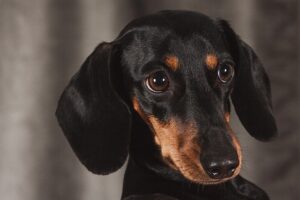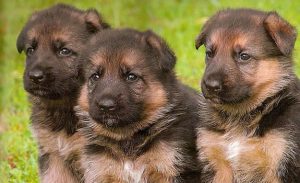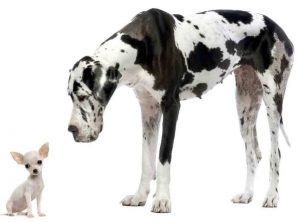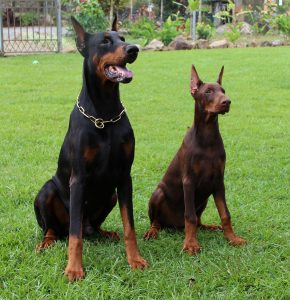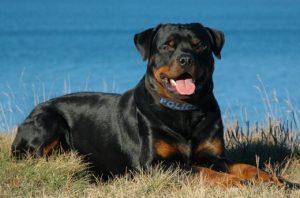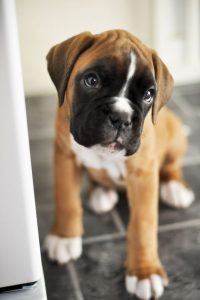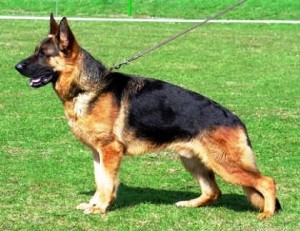Germany, known for its rich cultural heritage, engineering genius, and a love for beer and sausages, also boasts a fine pedigree of dog breeds. Of these, the Dachshund is arguably the most iconic. With their distinctive physique, confident demeanor, and an adventurous spirit, Dachshunds have made their way into millions of homes and hearts around … [Read more...]
German Dog Breeds: Schnauzer
Born from the wide range of German dog breeds, the Schnauzer is a charismatic, courageous, and intelligent breed that has captured the hearts of many dog lovers worldwide. Known for their distinctive whiskered snouts and lively spirit, Schnauzers come in three size variations - Miniature, Standard, and Giant. This article will delve into the … [Read more...]
German Dog Breeds
There are over 20 breeds that originated from Germany, some of which make great hunting partners like the German Shorthaired Pointer, the Munsterlander or the Dachshund others make excellent guarding dogs like the Rottweiler, Doberman and Leonberger (the gentle lion) and some just make incredible companion dogs, for example the Pomeranian. The most … [Read more...]
German Dog Breeds: Great Dane
The Great Dane is a German breed of domestic dog known for its giant size. Though Irish Wolfhounds are taller as a breed, the world's tallest dog is a Great Dane. Anyone who's spent time with one also knows that they're the world's biggest lapdogs — literally. These puppies are lounge-y and large, with paws as big as an adult's hands. A Great Dane … [Read more...]
German Dog Breeds: Doberman
Doberman is a medium-large breed of domestic dog originally developed around 1890 by Karl Friedrich Louis Dobermann, a tax collector from Germany, for his own protection. Here's how it happened. In 1890, Karl Friedrich Louis Doberman was a tax collector in Apolda, Germany. Unsurprisingly, he wasn’t very popular. But luck was on his side: he … [Read more...]
German Dog Breeds: Rottweiler
The Rottweiler is one of the oldest of herding breeds. With a history possibly dating back to the Roman Empire, the Rottweiler may be a descendant of ancient Roman drover dogs - a mastiff-type dog that was a dependable, rugged dog with great intelligence and guarding instincts. During their quest to conquer Europe, the Roman legions traveled in … [Read more...]
German Dog Breeds: Boxer
The Boxer is a medium-sized, short-haired breed of dog, developed in Germany. The coat is smooth and tight-fitting, colors are fawn or brindled, with or without white markings, and white. Boxers have broad, short skulls, have a square muzzle, an underbite, very strong jaws, and a powerful bite ideal for hanging on to large prey. Boxer was bred in … [Read more...]
German Shepherd – The Ultimate Service Dog
"The most striking features of the correctly bred German Shepherd are firmness of nerves, attentiveness, unshockability, tractability, watchfulness, reliability and incorruptibility together with courage, fighting tenacity and hardness." - Max von Stephanitz, Father of the German Shepherd Dog The German Shepherd Dog (GSD) is a versatile … [Read more...]
